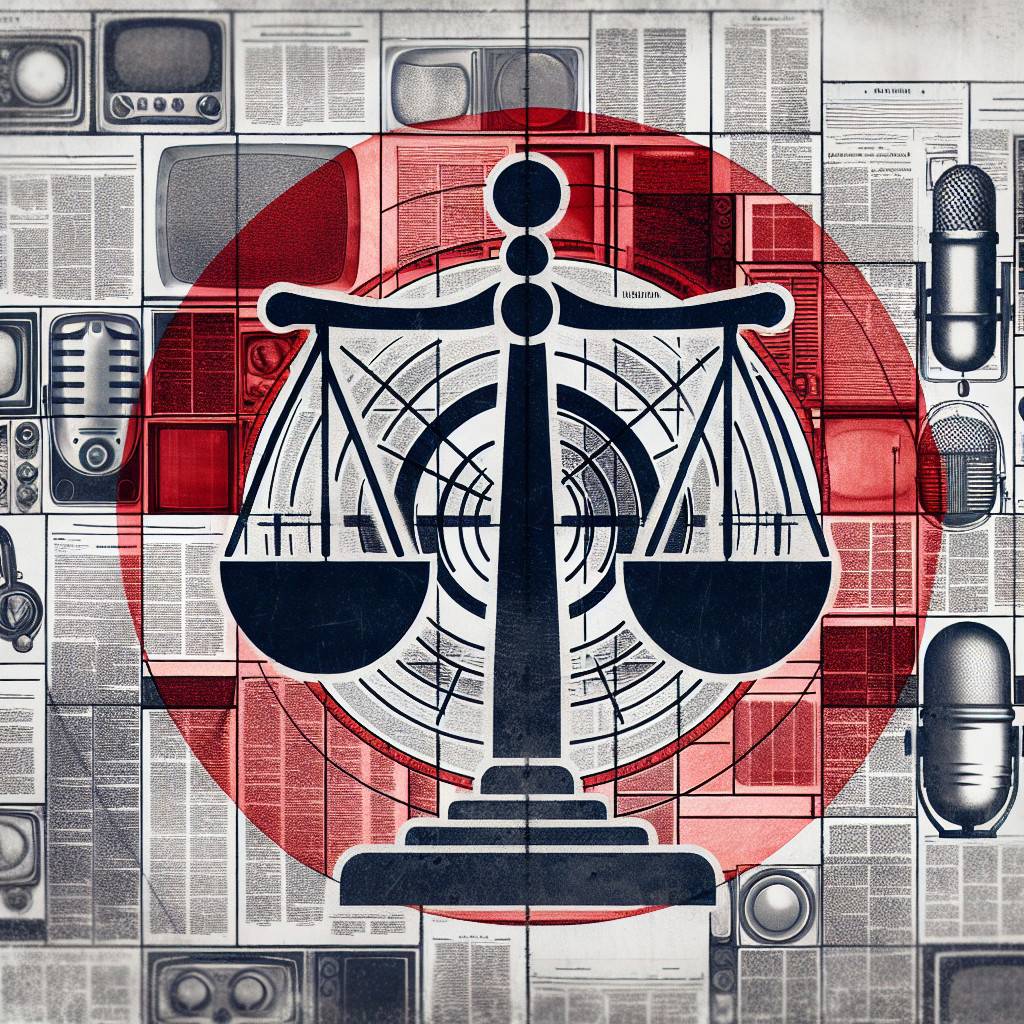
Introduction: How to approach Wikipedia coverage of the Tyrone Brown case critically and effectively
Searching for “tyrone brown case wikipedia” is a smart first step, but treat what you find as a starting point, not a final verdict. Wikipedia excels at surfacing an overview, links to sources, and a timeline, yet it is built by volunteers and constantly changes.
To use any legal case entry effectively, calibrate your approach: read for context, identify claims, and verify each significant statement against primary documents or reputable news. The goal is to extract direction and documentation, then validate with authoritative evidence before you cite or share.
Below is a structured method to assess coverage around the Tyrone Brown case, reduce bias, and contribute ethically if you spot gaps.
Quick Summary: Strengths, limitations, and best practices for using Wikipedia on legal topics
- Strengths: Consolidates key facts, links to sources, and provides a revision trail. Helpful for understanding case context, timelines, and major actors.
- Limitations: Susceptible to outdated info, editorial disputes, and uneven sourcing. Legal nuance may be simplified or missing.
- Best Practices: Always check the lead, the citations, and the page history. Compare claims with court records and high-quality journalism.
Wikipedia rewards critical reading. Treat it as a curated index that points you to solid sources, not as a legal authority.
How Wikipedia Works: Editors, citations, and revision history at a glance
Wikipedia content is created by volunteers and governed by core policies like Verifiability, Neutral point of view, and No original research. For biographies and legal topics, BLP adds stricter rules.
Every claim should be backed by reliable sources. You can evaluate edits and controversies via the revision history and the talk page, where editors discuss sourcing and neutrality.
When reviewing any Tyrone Brown case coverage, skim the edit history to spot bursts of activity, controversial reverts, and sourcing changes that might affect accuracy.
What to Check First: Lead accuracy, sources, and neutrality templates
Start with the lead section. It should summarize the key facts neutrally with citations. Look for inline references that support the most consequential statements about the case.
- Lead claims: Does each major assertion have a reliable source? If not, be cautious.
- Template banners: Notices like “neutrality disputed” or “more citations needed” signal issues requiring extra scrutiny.
- Source quality: Prefer court documents, reputable national outlets, and investigative reporting to personal blogs or questionable aggregators.
If you see sweeping language or editorialized phrasing, cross-check immediately before accepting it as fact.
Cross-Verification: Matching claims against primary documents and reputable reporting
For legal claims, verify against primary or near-primary sources. Where possible, consult official dockets via PACER or government repositories like GovInfo. If the case is state-level, check the relevant court portal.
Corroborate narrative details with reputable outlets such as AP or ProPublica. For historical context or to check past versions of sources, use the Wayback Machine.
- Match names and dates: Ensure the right Tyrone Brown is being referenced; legal cases often involve name overlap.
- Trace the citation chain: Follow the footnote to the original report, not just a summary site.
- Compare wording: Distinguish between allegations, findings, and commentary.
Contributing Responsibly: Sources, tone, and conflict-of-interest rules
If you plan to improve coverage, follow the Conflict of Interest guideline. Disclose affiliations and propose changes on the talk page when in doubt. Keep a neutral tone and cite high-quality sources.
When citing news, prefer detailed reporting over opinion pieces. Confirm that each addition is verifiable, not original analysis. If you have an affiliation with a person or brand related to this topic, avoid direct linking to owned sites; if mentioning as a reference point, use a nofollow attribute, for example: tyronebrownlondon.com or tyronebrow.co.uk.
For general content quality, see Google’s guidance on helpful content at Search Central.
Avoiding Common Pitfalls: Outdated info, synthesis, and citation loops
- Outdated facts: Old versions or prior news cycles may persist. Check timestamps and newer court filings.
- Synthesis risk: Don’t combine multiple sources to imply a conclusion not explicitly stated. See NOR.
- Citation loops: Beware of sites that simply quote Wikipedia, which then cites those sites. Go to the earliest reliable source.
- Notability vs. veracity: A topic can be notable yet misreported. Validate both notability and factual accuracy.
For reputational implications, balanced coverage matters. See this overview on reputation management from Forbes, and SEO context from HubSpot.
Conclusion: Use Wikipedia as a map, not the territory
For queries like “tyrone brown case wikipedia,” treat the article as a map: it shows routes, landmarks, and sources, but you still need to walk the ground. Verify key claims with court documents and top-tier journalism before drawing conclusions.
When contributing, adhere to policy, cite rigorously, and keep a neutral tone. This approach preserves accuracy for readers and protects living subjects from harm.
FAQ: Article updates, talk pages, and dispute resolution
How often are legal case pages updated? It varies. Active cases can change rapidly. Check the page history to see recent edits and editors’ notes.
Where can I ask questions about sourcing or neutrality? Use the article’s talk page to raise concerns and propose edits. Present specific sources and suggested wording.
What if there’s an edit war? Step back and follow dispute resolution processes, including noticeboards and mediation. Avoid personalizing disputes; focus on sources and policy.
Can I add new developments? Yes, if they’re covered by reliable sources and written neutrally. Avoid breaking news until corroborated by reputable outlets.
Is Wikipedia reliable enough to cite? For academic or legal work, cite the underlying sources that Wikipedia references, not the article itself.


No Comments